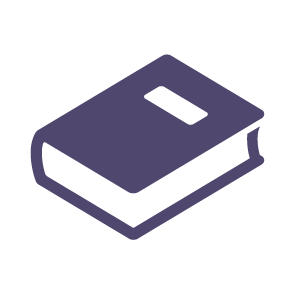10.8 Outlining Your Presentation
eCampusOntario
 You’re now ready to prepare an outline for your presentation. To be successful in your presentation, you’ll need two outlines: a preparation outline, and a speaking outline.
You’re now ready to prepare an outline for your presentation. To be successful in your presentation, you’ll need two outlines: a preparation outline, and a speaking outline.
Preparation outlines are comprehensive outlines that include all of the information in your presentation. Our presentation outline will consist of the content of what the audience will see and hear. Eventually, you will move away from this outline as you develop your materials and practice your presentation.
Your speaking outline will contain notes to guide you, and is usually not shared with your audience. It will summarize the full preparation outline down to more usable notes. You should create a set of abbreviated notes for the actual delivery.
Your organizational model will help determine how you will structure your preparation outline. However, most, if not all, of the organization models will align with this structure:
- Attention Statement: an engaging or interesting statement that will cause your audience to sit up and take notice.
- Introduction: setting out your general idea statement (LINK) and giving the audience an idea of what to expect.
- Body: This section contains your research, main points and other relevant information. It will follow your organizational pattern.
- Conclusion: reiterating your idea statement, and/or includes a call-to-action — what you want the audience to do or think about following your presentation.
- Residual Message: this is an optional section, but a powerful one. It is the final message you want the audience to remember.
You can use your presentation outline as a starting point to developing your speaking outline. It’s a good idea to make speaking notes to align with your main points and visuals in each section.
UNC Libraries Presentation Planning Worksheet
Using Examples and Scenarios
Presenters will often use examples and scenarios to help illustrate the their message. The main difference between examples and scenarios is that while both help “show” the audience what you mean, an example is the “thing” itself, while a scenario would include more detail about the sequence or development of events. Scenarios also tend to be longer and more nuanced.
An ‘example’ of a sales target might be: to sell 500 units in 30 days. A ‘scenario’ might be described as: Company A is selling vacuums to the Atlantic Canada region. They are trying to increase their sales, and so have set a target of 500 units in the region in 30 days, using a sales incentive program for employees and promoting a sale at local stores.
A Word About Storytelling
Storytelling can be an effective way to convey your message to your audience. Stories are a fundamental part of the human experience, and, if well-told, can resonate with listeners. Some of the most inspiring TEDTalks speakers use storytelling effectively in their presentations. You can find out more about how to incorporate storytelling techniques into presentations from the TEDTAlk speakers directly.

Read the following blog post from Nayomi Chibana (2015).
http://blog.visme.co/7-storytelling-techniques-used-by-the-most-inspiring-ted-presenters/

